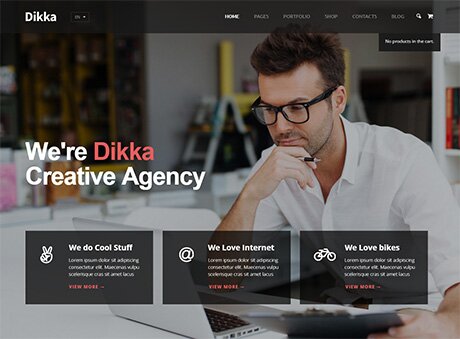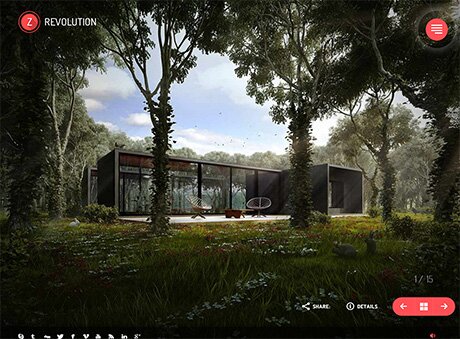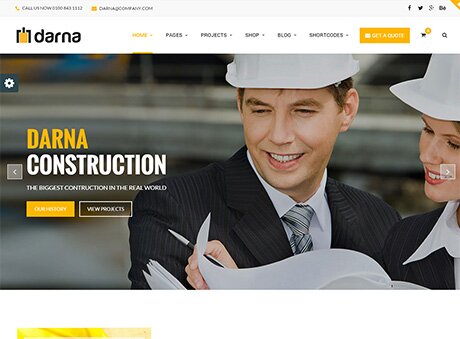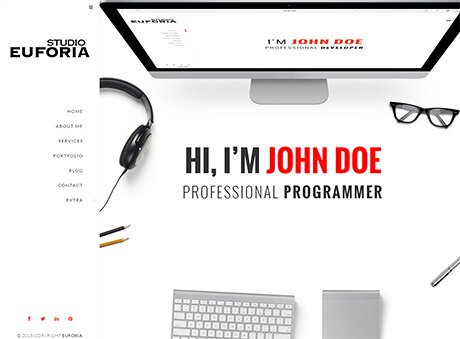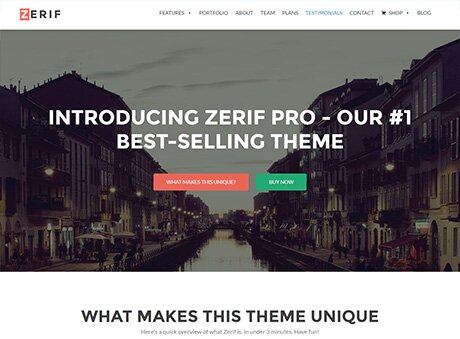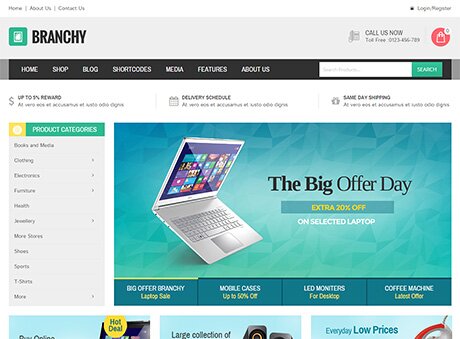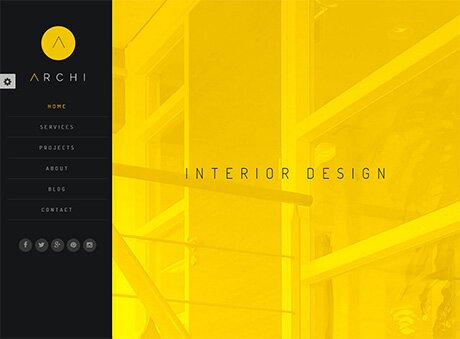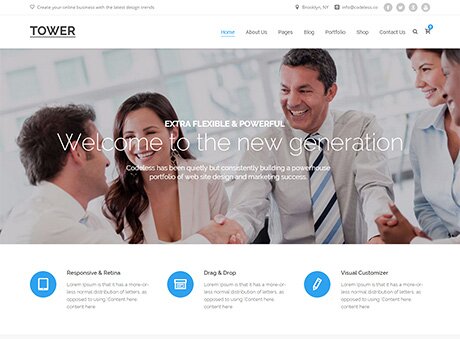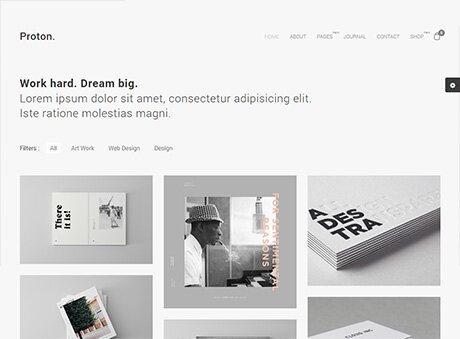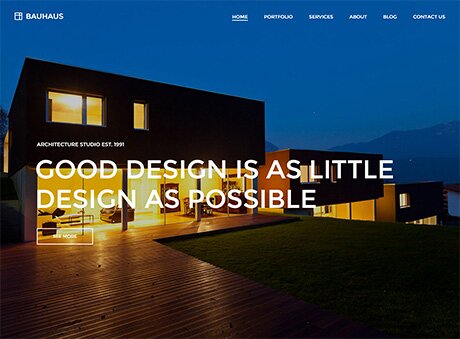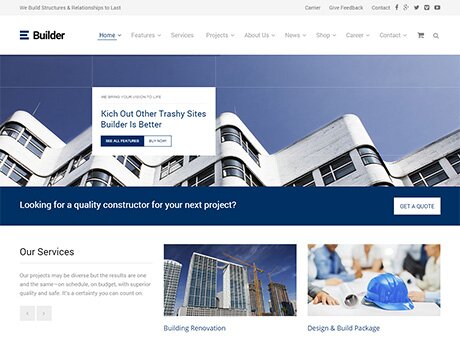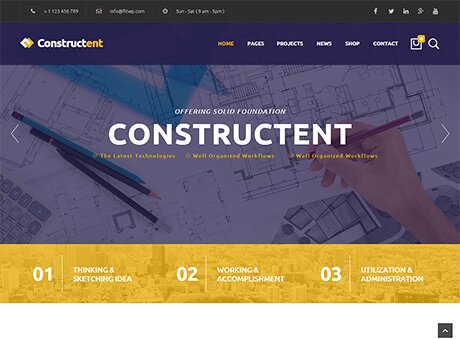WordPress Themes // January 2017
WordPress Themes
Whether you are making a personal, organization, or e-commerce site, Wordpress offers an easy, flexible platform to design and maintain your site. Over 25% of the web is powered by Wordpress at this point, from the New York times and Forbes to individuals’ personal blogs with just a few readers. The platform is powerful, and you can adapt and make it yours as much as you want, sticking with a simple template or creating a strong, professional, interactive site on top of it.
Wordpress themes are site designs created by web and graphic designers that you can easily drop in around your content. These themes come with graphics; page layout elements; design features like font face, color, size, list style, etc.; menu structures; and more. The ability to easily customize your site by adding a theme or changing it with a few clicks is why Wordpress remains one of the most popular publishing platforms on the web.
Wordpress comes with a handful of common themes, but these may make your site look very similar to others on the web. Choosing the right custom theme will differentiate your site, help establish a visual brand, and add features that can help your site be successful. Many themes focus on specific industries of types of functionality, so you can find one built around image sharing, essay writing and blogging, e-commerce, and many other options.
Wordpress Themes give you the power to control how your site looks even within the confines of the theme design. Themes allow you to include your own graphics, like logos, banner images, and other visual cues, and choose custom color themes so you can personalize within each theme’s structure. You can add in widgets to perform analytics and add features like special menus, links to archives, search engines, and tag clouds.
Themes are designed to be used by non-programmers, so you don’t need any special skills to design your site. Once a basic theme is installed, you can use drag and drop interfaces to move elements within the design to personalize the layout. Simple menus allow you to pick colors off a palette, upload images, and choose fonts. If you do have technical skills, you can go in and directly edit style sheets and HTML, but the interface and theme options allow you to infinitely customize your site without a technical web background.


